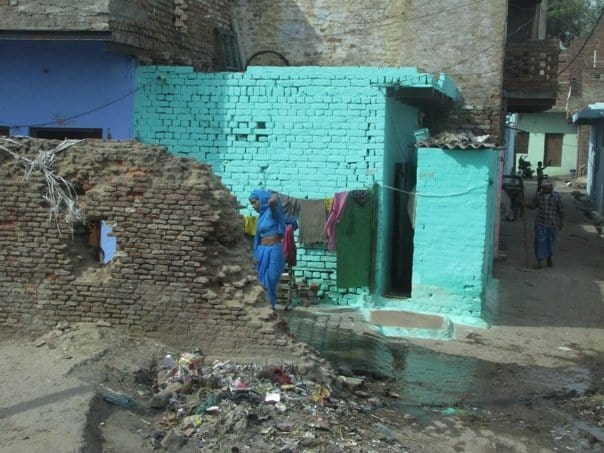The following is a lesson study for part of a 10-lesson unit on ancient India that I will be teaching in October. For the purpose of my work sample, I will likely focus on Hinduism, the caste system, the life of Prince Siddhartha, and Buddhism.
Lesson Study (The Life of Siddhartha)
Content (knowledge, skills, course curriculum/standards)
Ss were assigned a reading in advance of the lesson: chapter 16 from History Alive! They were also instructed to make a chronological list of what they believe are the most important events that occurred in Prince Siddhartha’s life.
Curriculum: Ancient India: Buddhism: The life of Siddhartha Gautama. This lesson will serve as a precursor to a lesson (or two) on Buddhism.
Process (materials, procedures, CW/GW/PW/IW*)
Ss will share their list of what they believe to be the most important events from the life of Prince Siddhartha (IW), first with a partner (PW). Then as a class (CW), we will compile one master list of the scenes the Ss believe are the most important to know/cover, as well as how many Ss need to be in each group, and what roles need to be played. Ss will then create tableaux to illustrate the life of Prince Siddhartha in groups (GW; the same # of groups as our agreed upon list of life events).
Product (produced to demonstrate learning)
Tableaux: In small groups, Ss will create tableaux scenes (one per group) highlighting the pivotal moments/main events in the life of Prince Siddhartha.
Evaluation (assessment)
Formative assessment of their performances in the tableaux, participation in the class conversation, and their individual lists of the important events in Siddhartha’s life.
What kinds of thinking will students need to do to participate in the lesson?
Evaluation: what were the pivotal moments in the life of Siddhartha?
Demonstration/illustration (kinesthetic): how do I show this event clearly through a visual scene created with my body and the bodies of my fellow group members?
To what extent do students have options or choices regarding these lesson components?
Ss get to help create the list of “scenes” (important moments in Siddhartha’s life) that will be performed in the tableaux, and Ss have to decide (in small groups) how to demonstrate/show their scene.
Personal Reflection:
Initially, I did a lesson study on the entire ancient India unit, which is the document I brought to our peer review session. It was important to me to explore everything I wanted to cover. However, the lesson study format turned out to not be the best method for me to explore these options. To fit an entire unit on one page, I had to pick and choose from various threads of thought, which contributed to a lack of cohesion in the document. My thanks to Andy for supporting my use of visual and kinesthetic activities and encouraging me to continue in that direction. My thanks to Erik for helping me focus in on what topics I really want to address and providing follow-up peer review support.
* These designations are Individual Work (IW), Pair/Partner Work (PW), Group Work (GW), and Class Work (CW), terms I acquired at the Paris Teacher Training Centre whilst working on my TEFL certificate.
Image: “Lady in Blue,” taken by the author in New Delhi, India, in October 2009. Available on Flickr.


I always liked tableaus. Here’s an cool extension. A bit more work, but worth it. Stretch a plain white sheet to form a backdrop. Project an photo image from behind on to the screen and let the students pose in front of it. I didn’t think of this one. I saw it used in a juve prison I was doing training in. They even projected some background videos and created some “movement.”